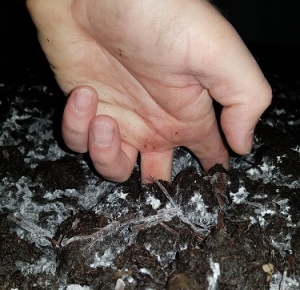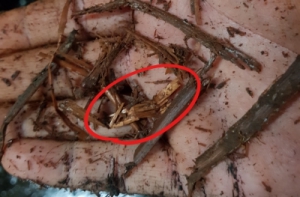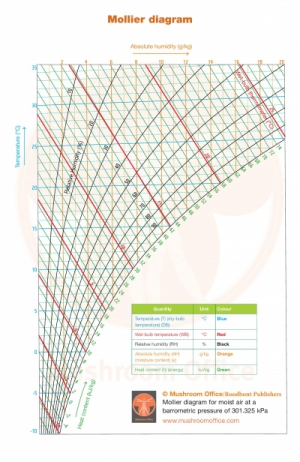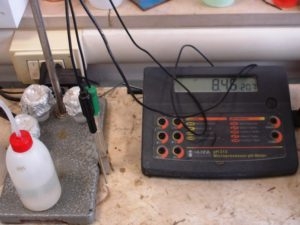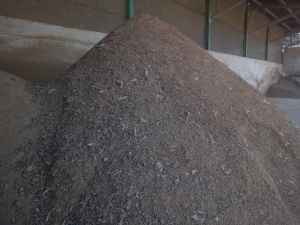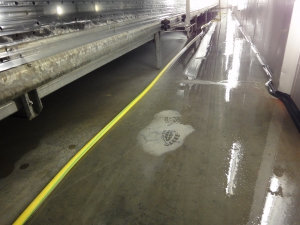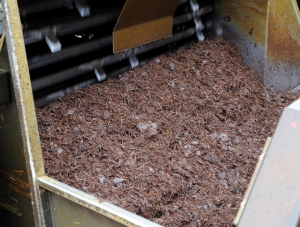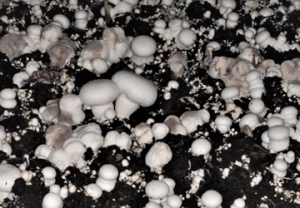
Mushroom training and courses
Casing soil
Dec 17,
2024
Why is casing soil used? There are two main reasons: 1. the Pseudomonas putida bacterium; 2. to regulate evaporation. Mushrooms will not grow without evaporation.…
Preserve structure during composting
Nov 15,
2022
Longer pre-wetting of straw to preserve structure during mushroom composting In my 'Pre-wet' blog, I already wrote about the importance of pre-wetting for good mushroom…
Mollier Diagram
Jun 29,
2022
What is the absolute moisture content of the air? Or the enthalpy of the air? More and more growers have a handy app that reads…
Which factors determine the pH value?
Mar 23,
2022
My previous blog described what the pH should do during the composting process. This blog examines the role of the raw materials, such as ammonium…
Chicken manure
Jan 26,
2021
Chicken manure is an important raw material in mushroom compost and for the composter as it is the biggest source of nitrogen. It is therefore…
Floor humidity and the effects
Jul 01,
2020
Floor humidityIf you want to maintain a natural climate in the growing room during the recovery period until about five days after ventilation you should…
Higher Filling
Mar 02,
2020
Does a higher filling weight give better quality?The filling weight, i.e. the number of kilos of compost per square metre, should be between 80-95 kg/m2.…
Filling the growing room
Jan 23,
2020
How mushrooms grow and the yields are determined at filling. Assessing the compost and casing soil determines the final quality of the mushrooms. After this…
Dry bubble disease
Aug 27,
2019
Dry bubble disease may cause a lot of problems because the spores spread quickly. It’s essential to identify and remove the first affected mushrooms to…














